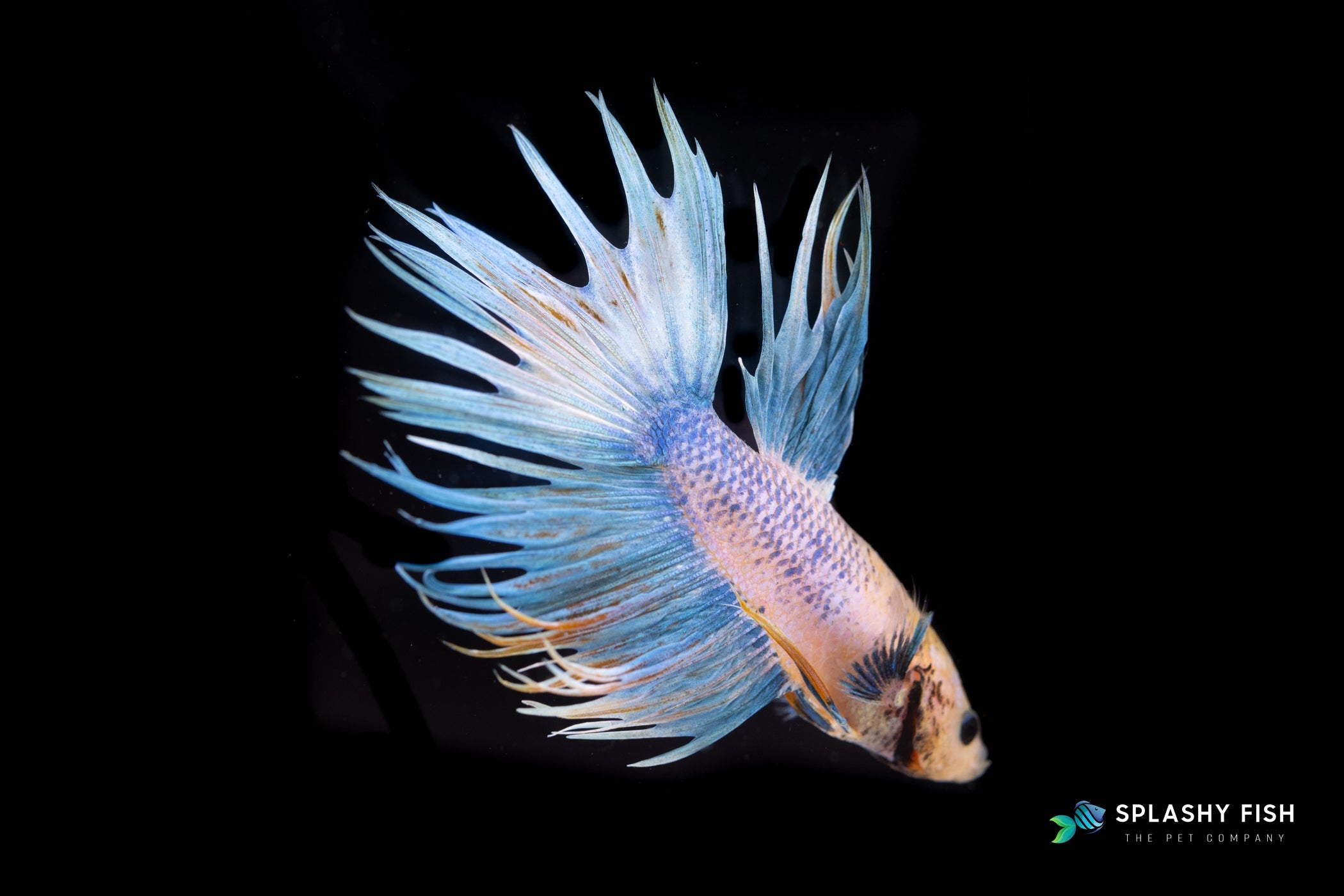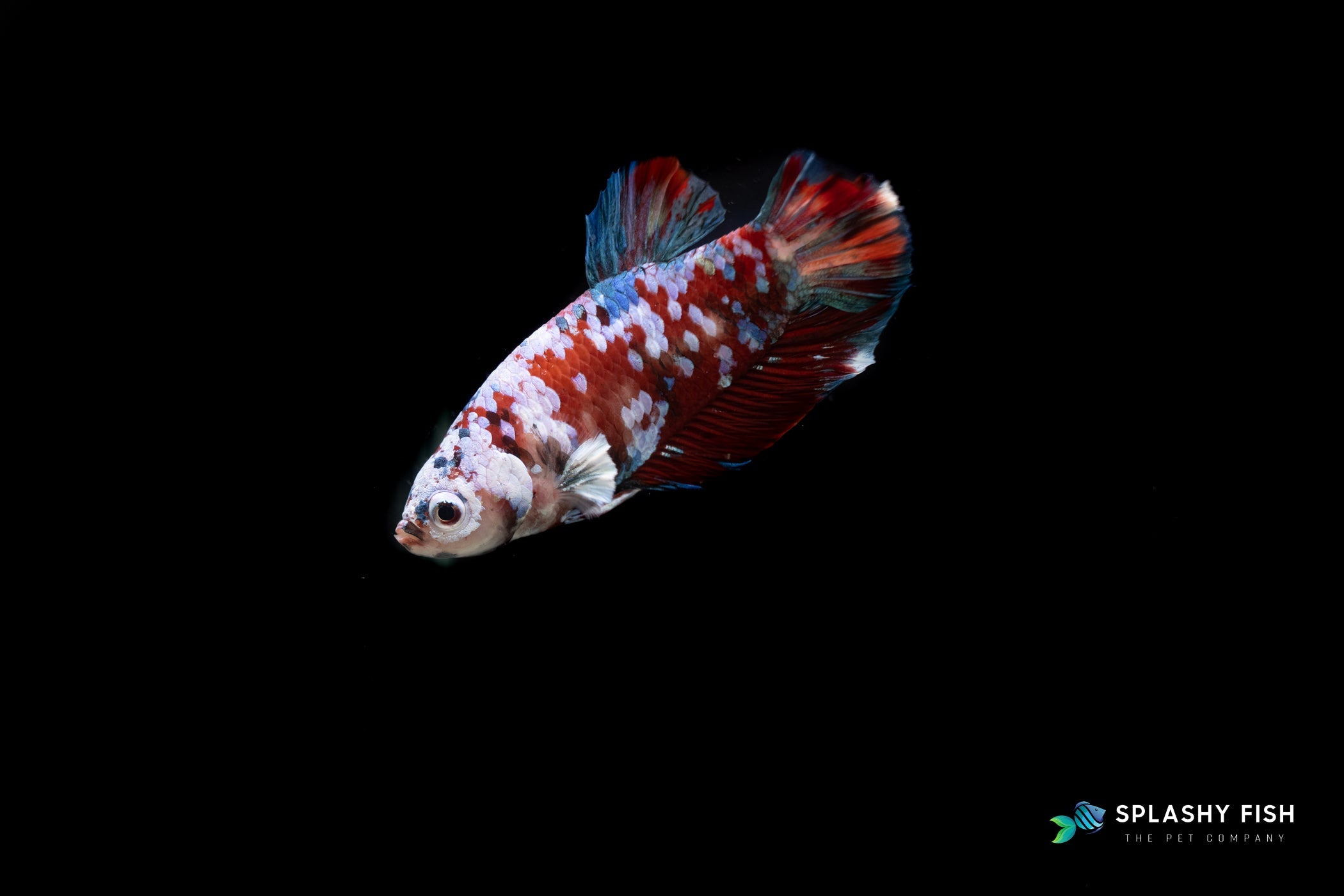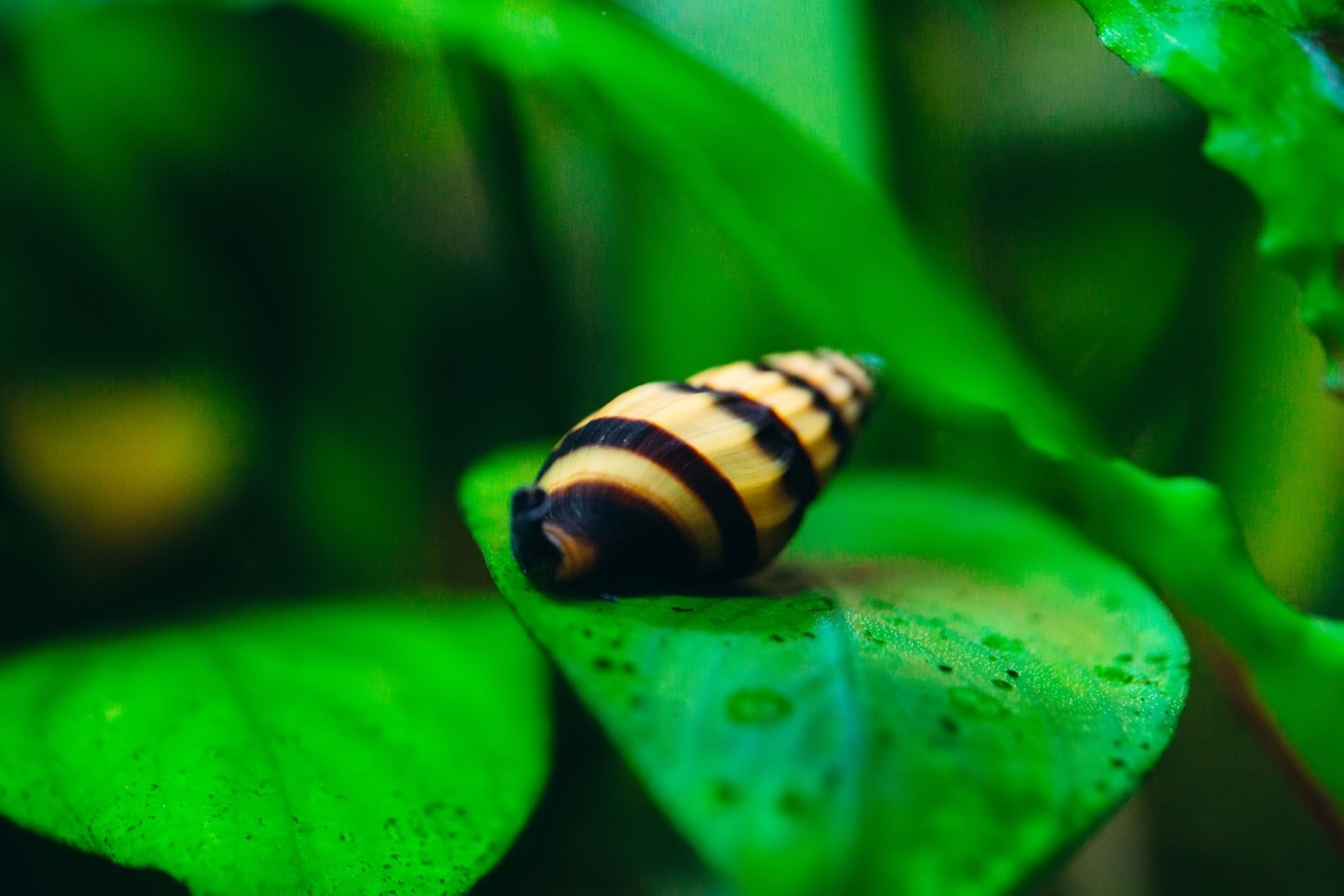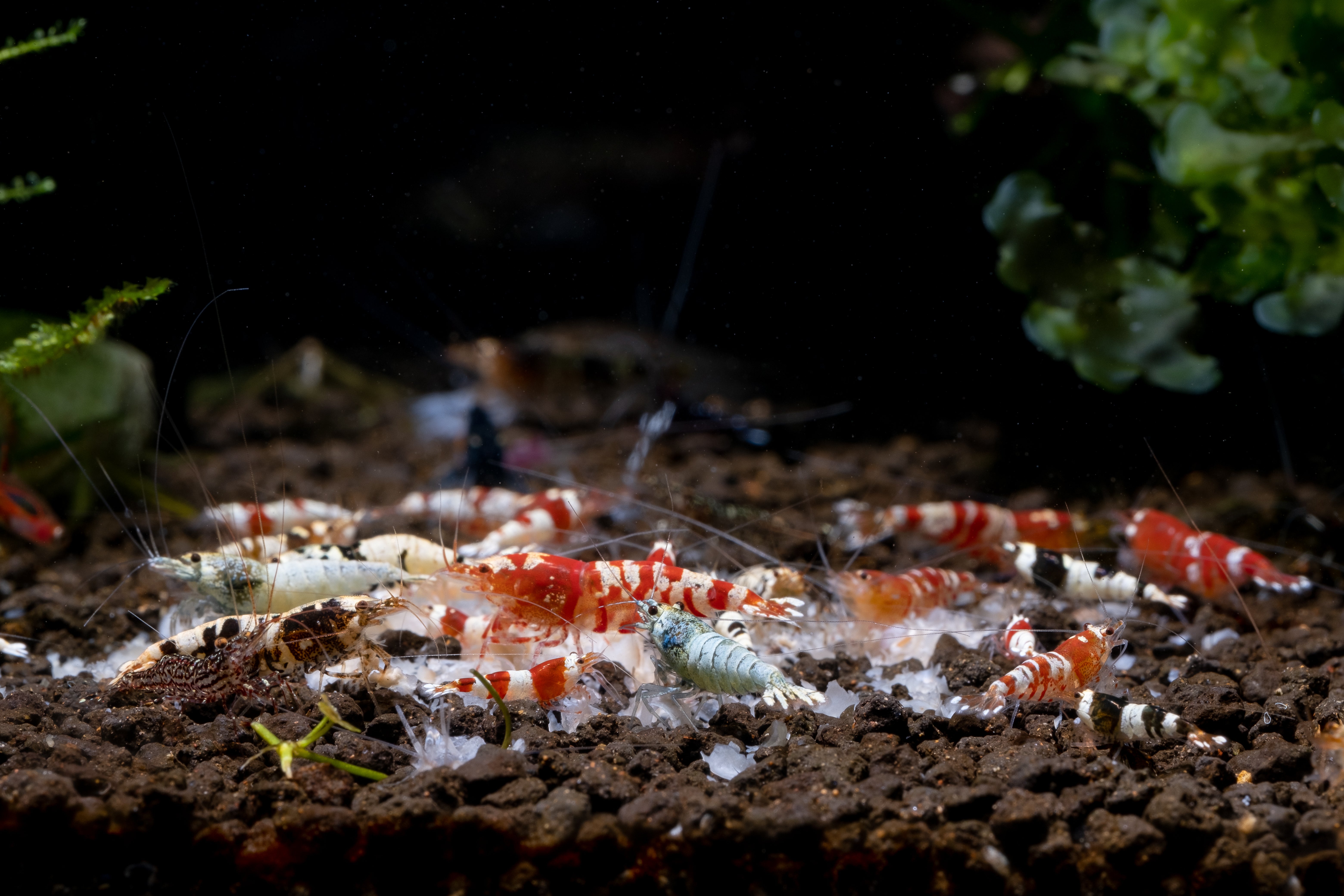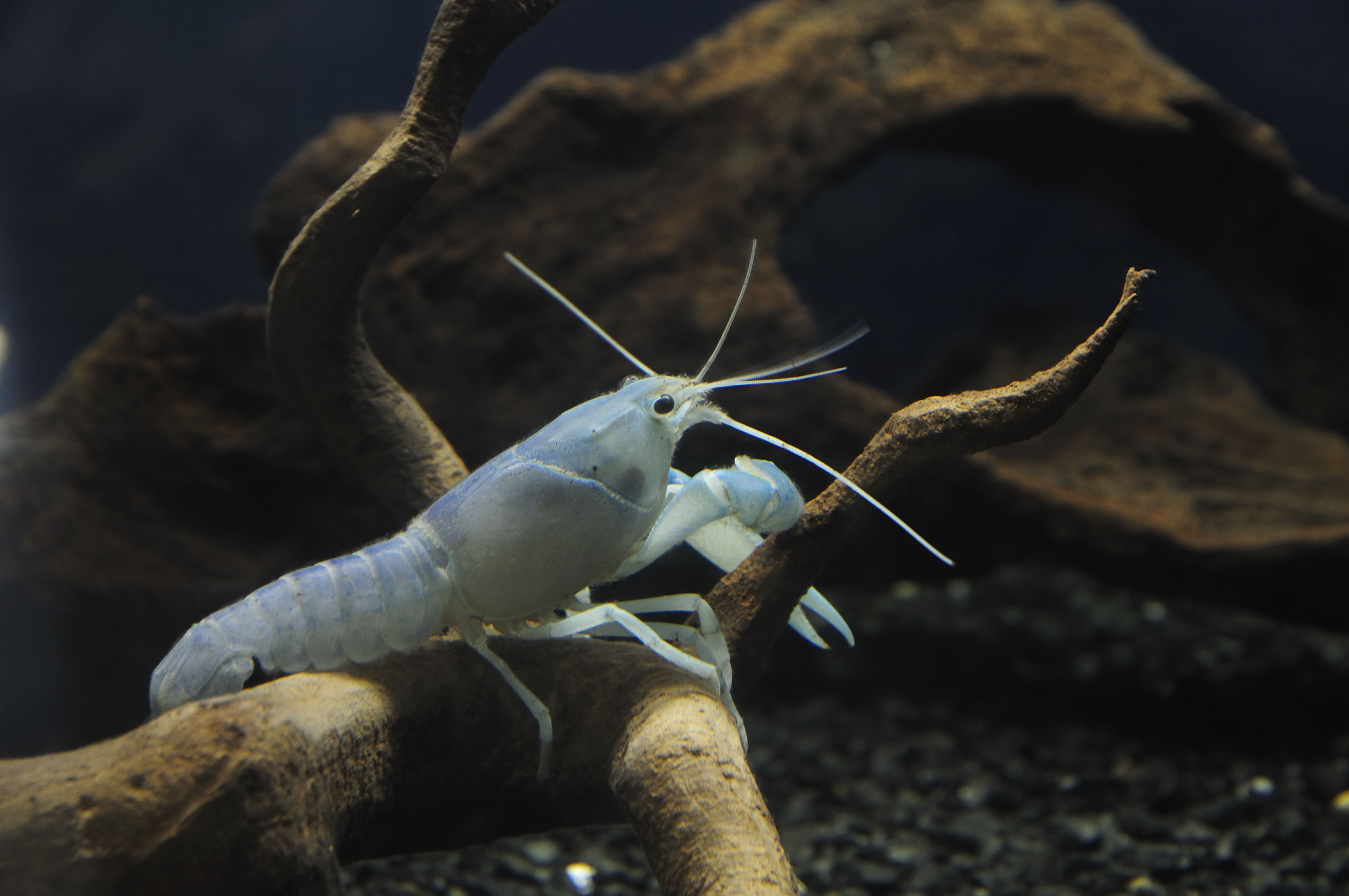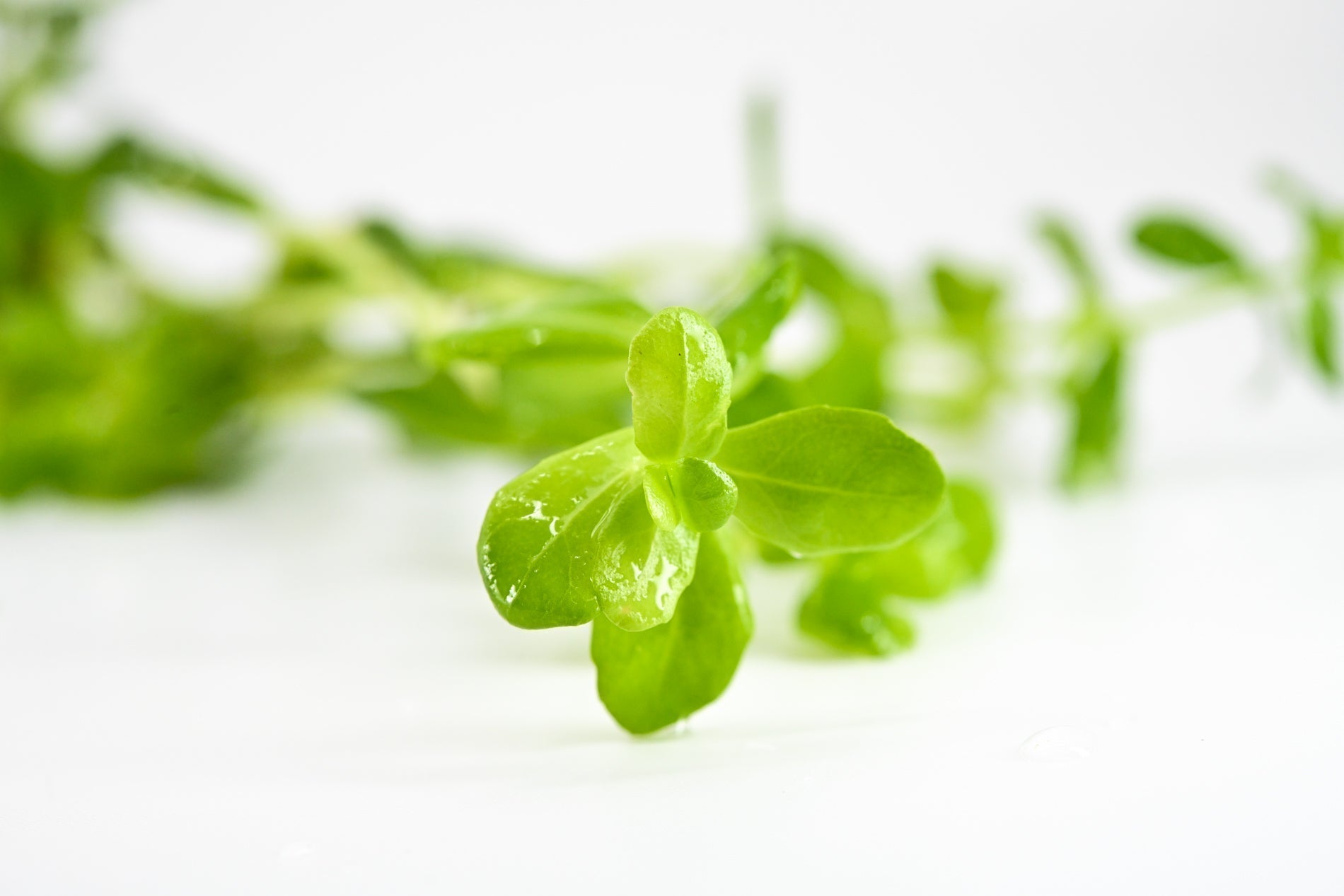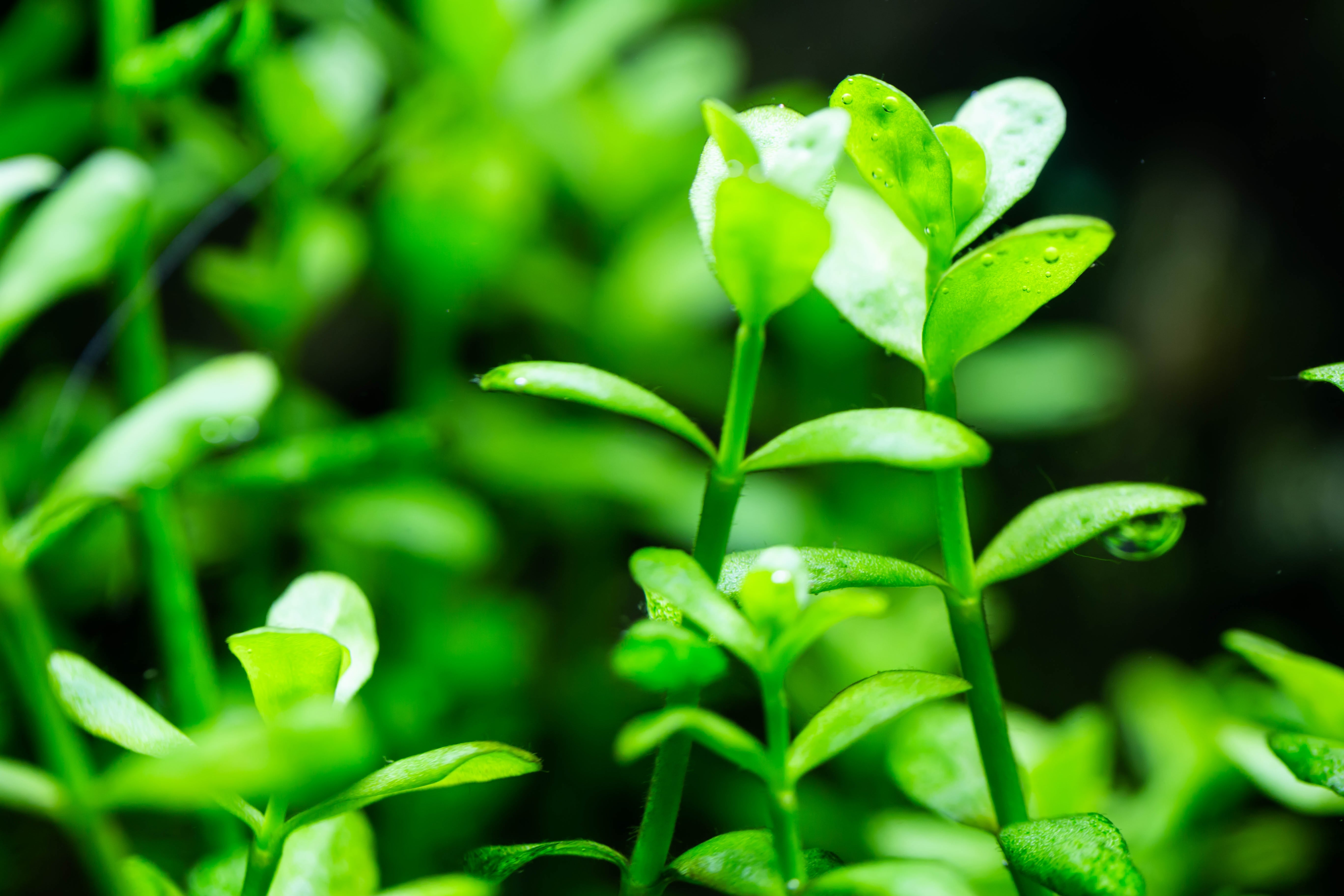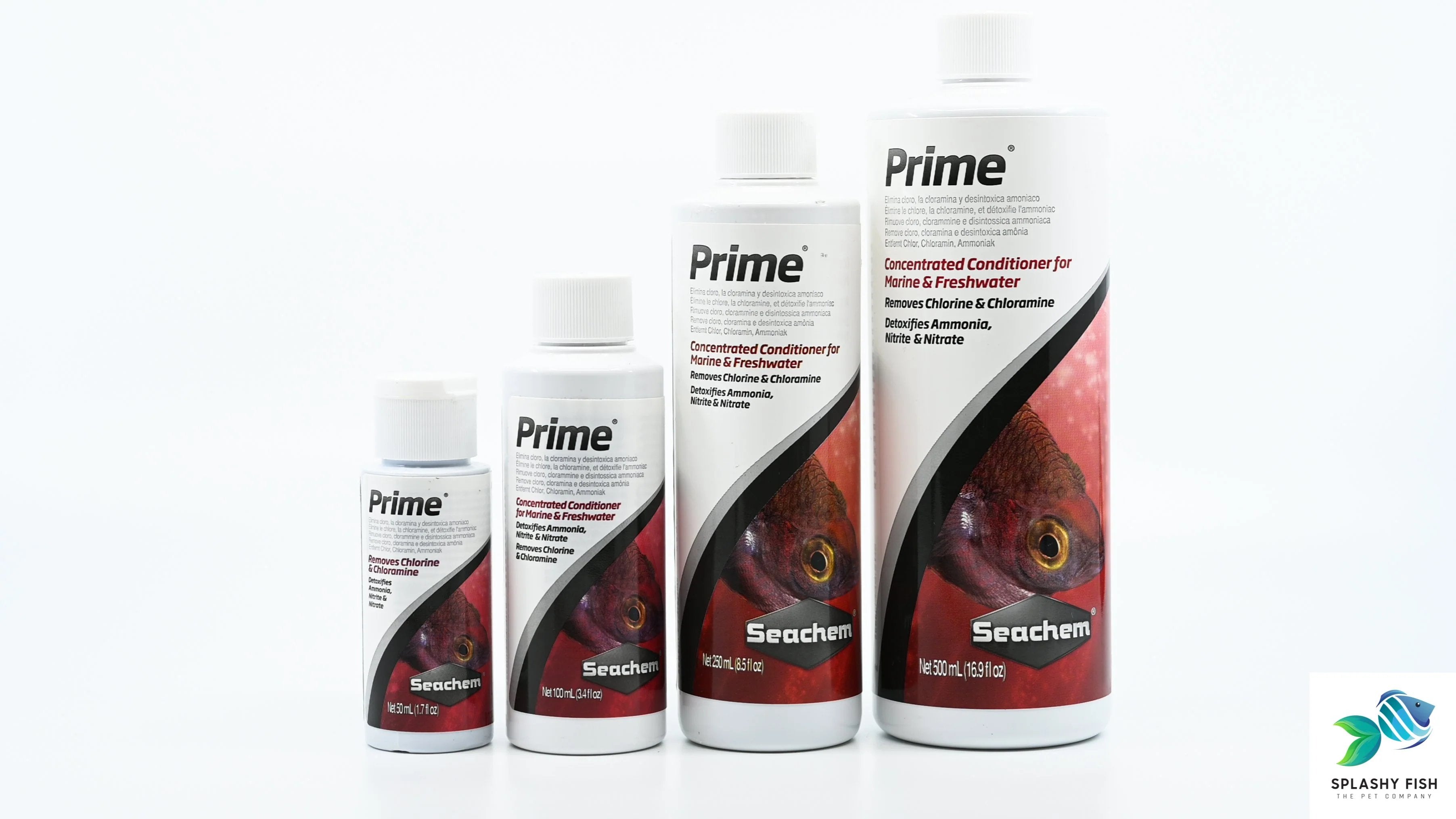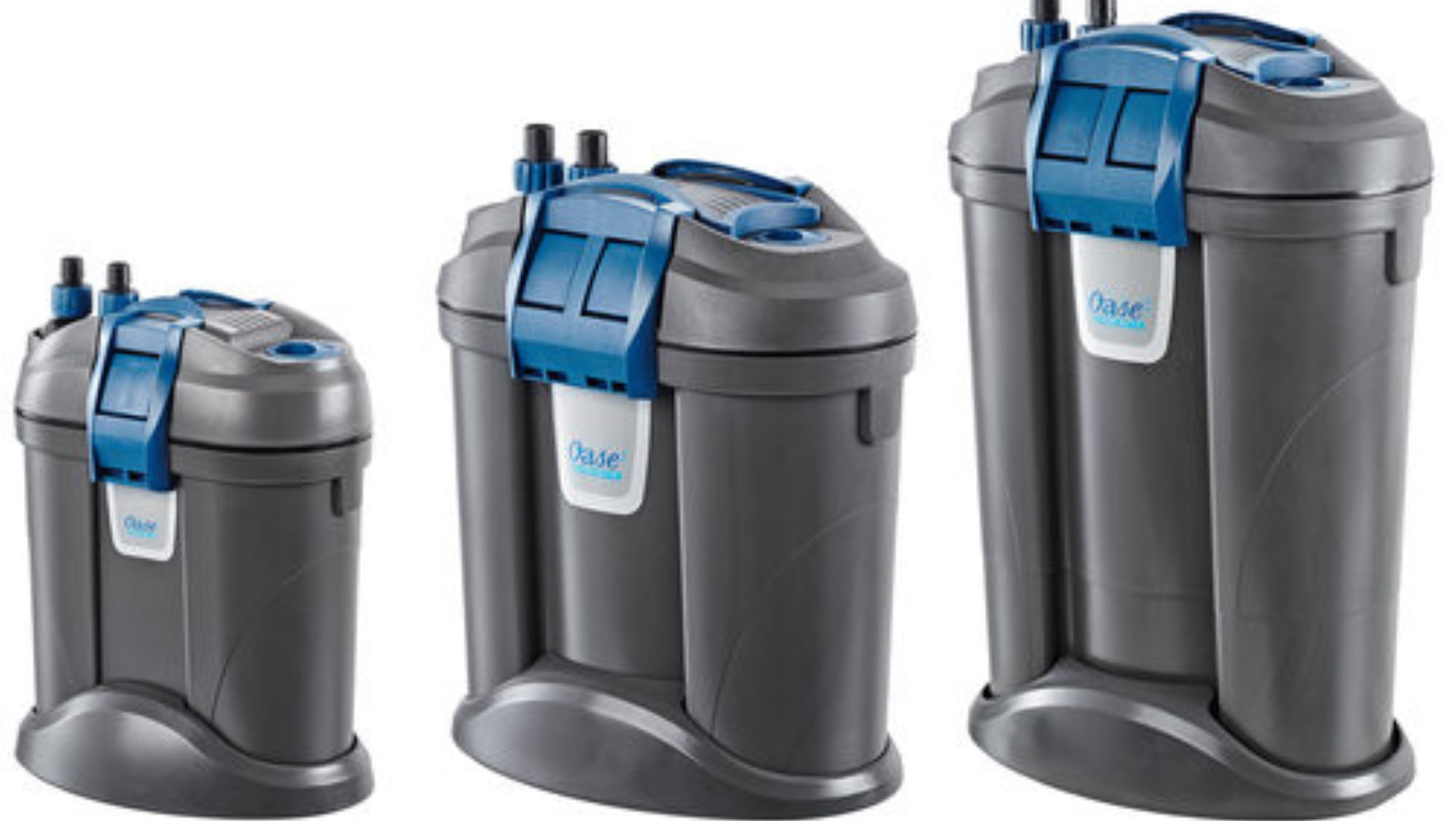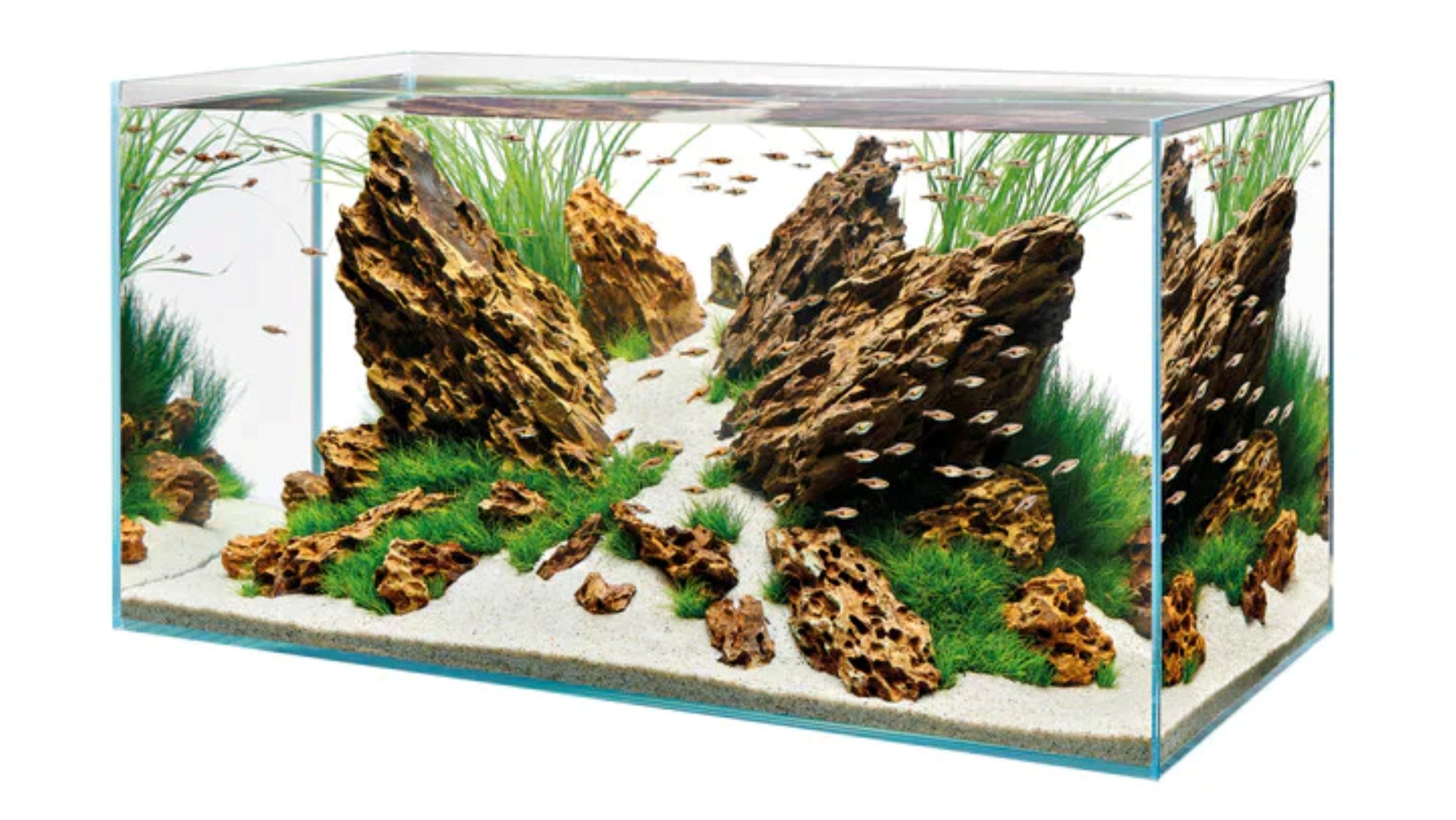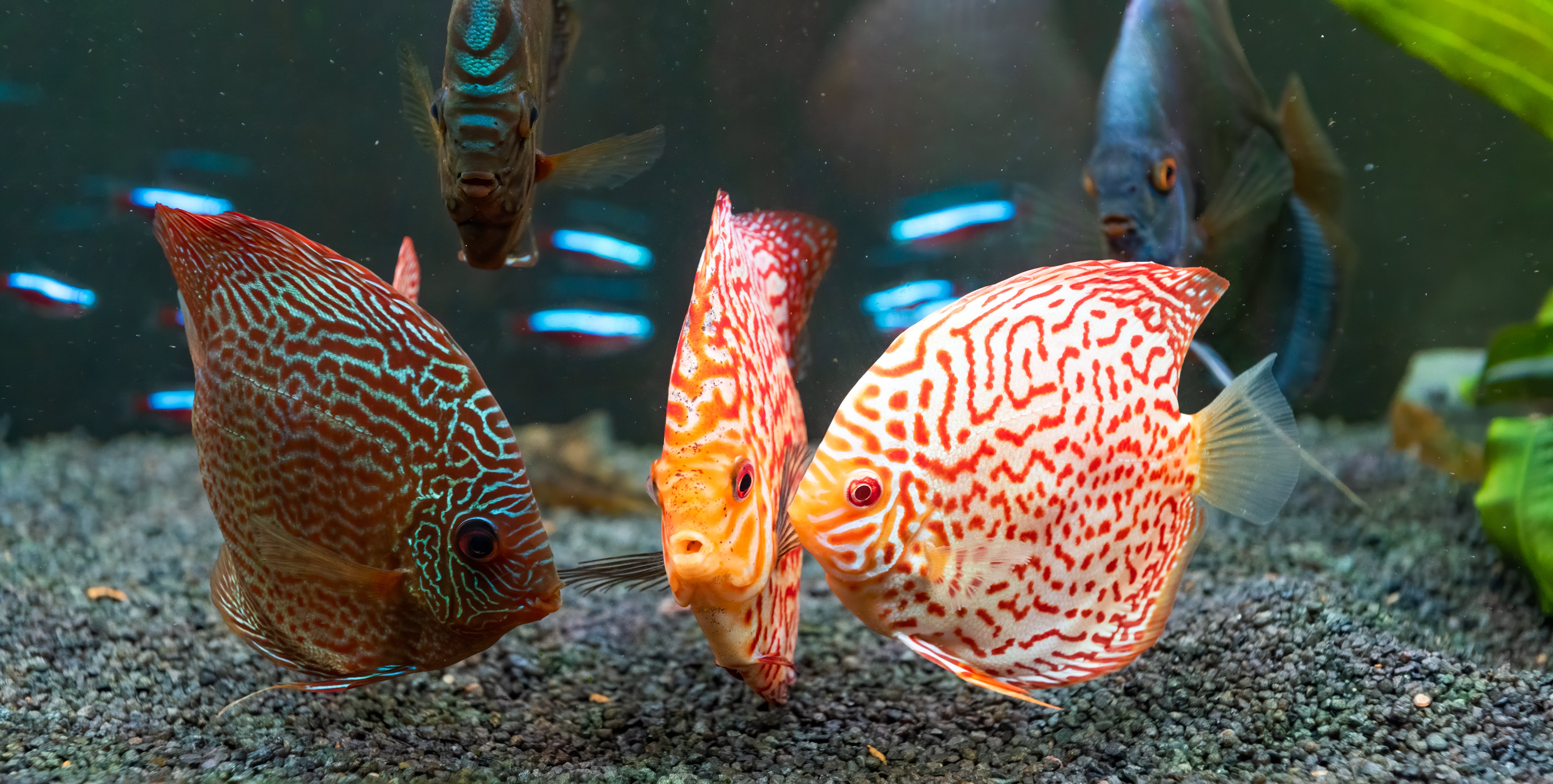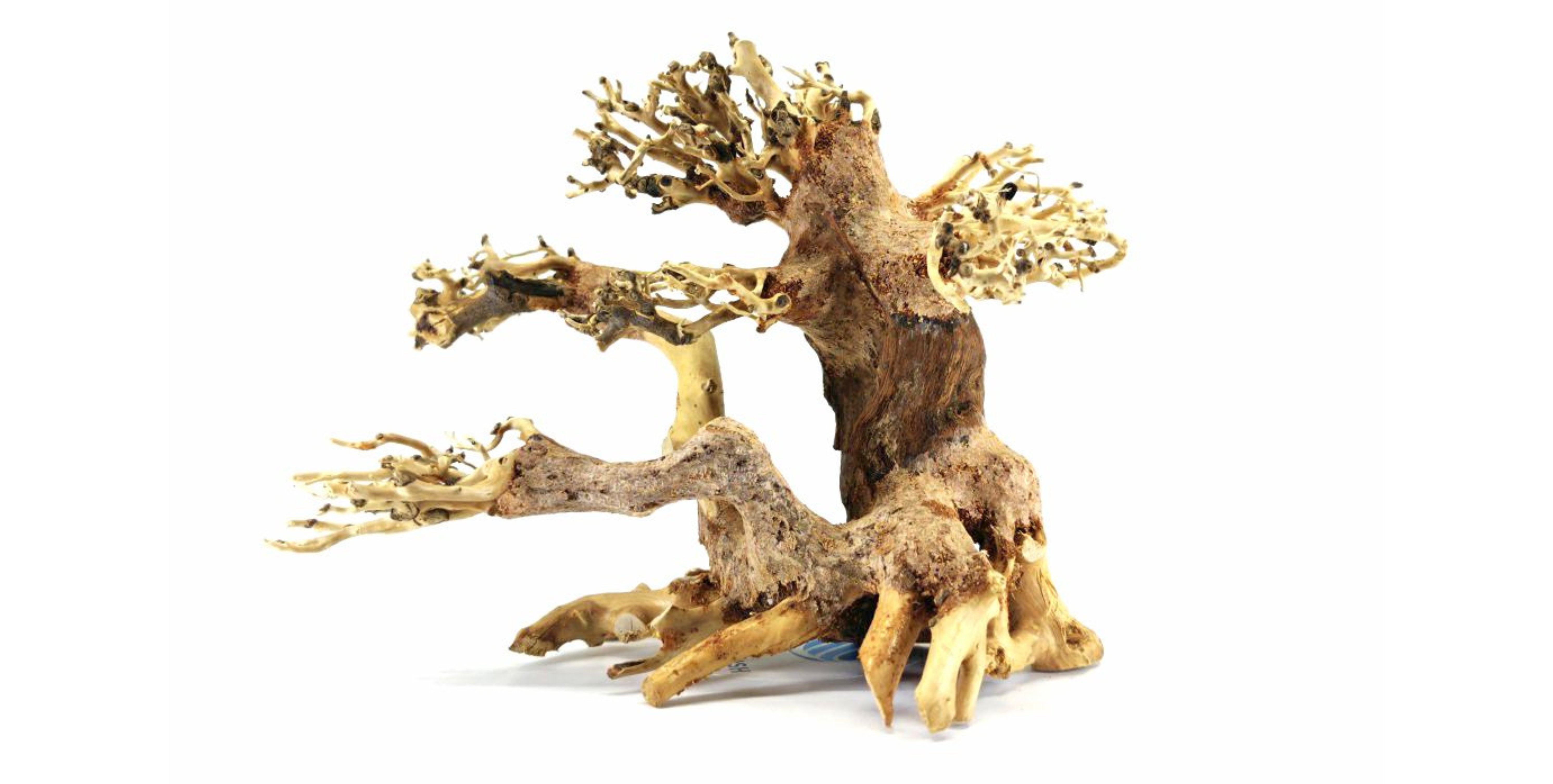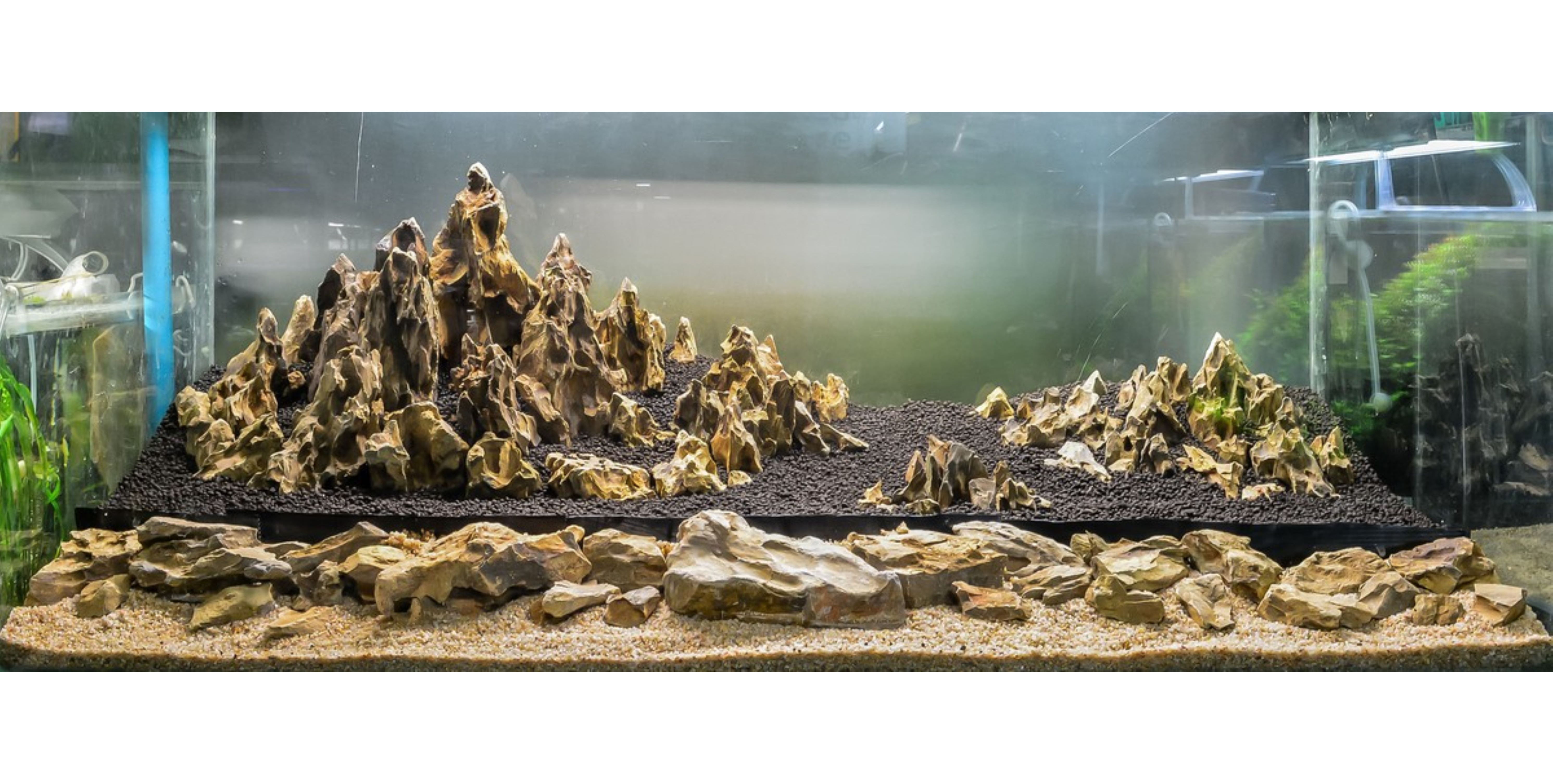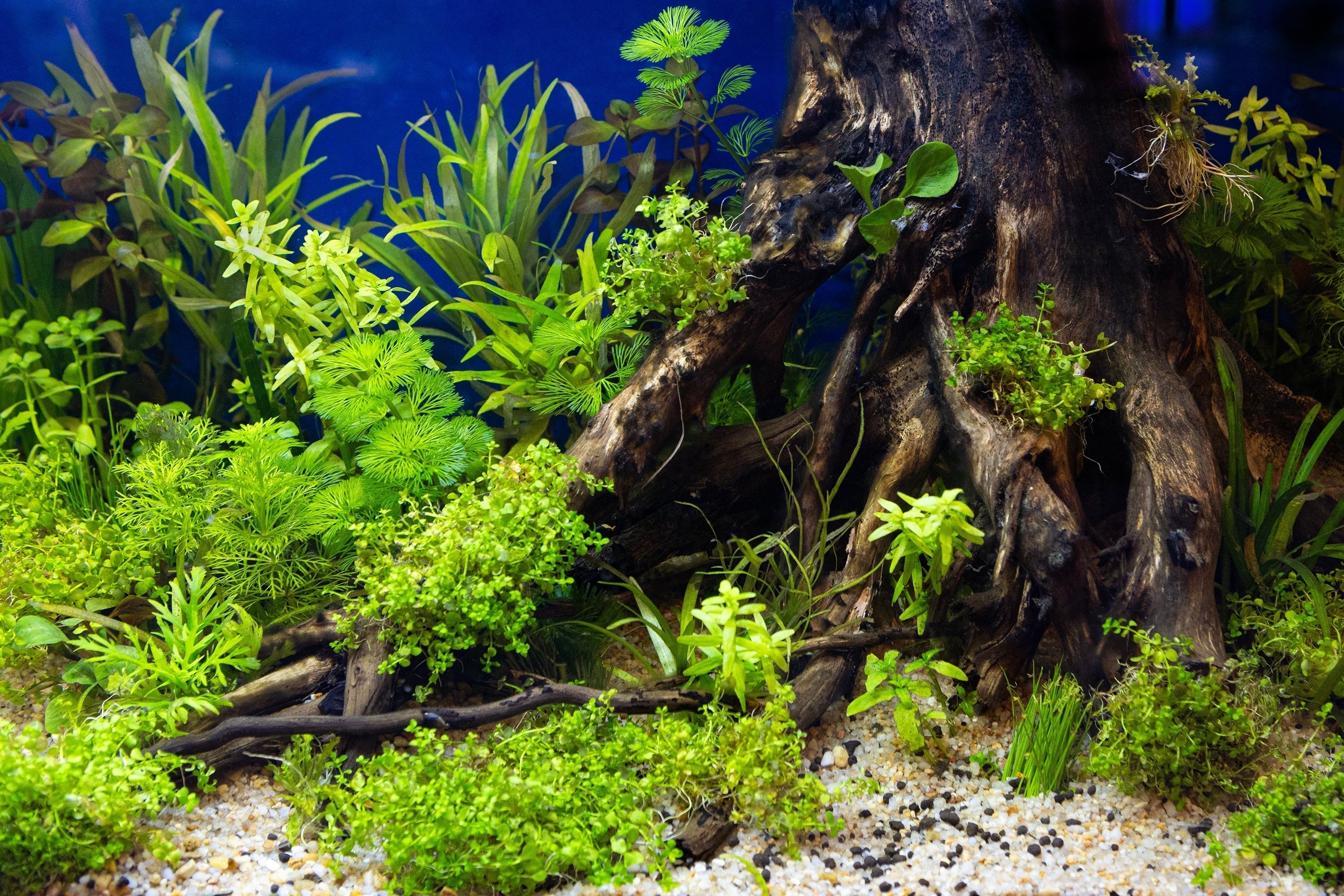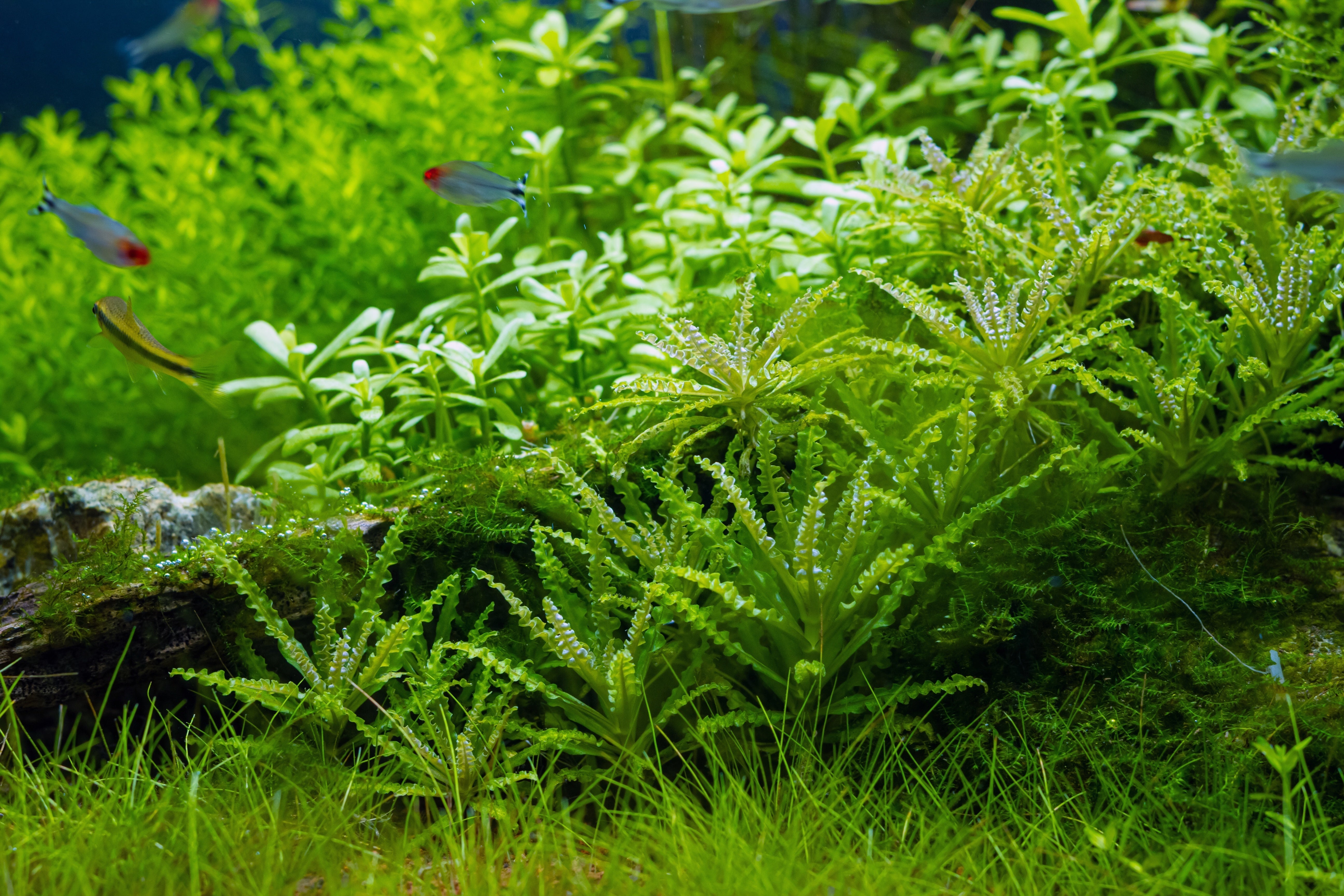Table of Contents
Are you ready to elevate your aquarium to a whole new level? If you're a fan of unique aquatic companions, Ramshorn snails are a perfect addition to your tank. With their distinctive coiled shells and charming behavior, these fascinating creatures not only beautify your underwater landscape but also play a vital role in maintaining a balanced ecosystem. In this complete care guide, you'll discover everything you need to know to ensure your Ramshorn snails thrive in their aquatic home. From optimal tank conditions and feeding tips to health care and breeding insights, we've got you covered. Dive in and unlock the secrets to a successful tank experience with Ramshorn snails!
What Is Ramshorn Snail?
The Ramshorn snail (Planorbidae family) is a freshwater snail widely kept in aquariums for both practical and aesthetic purposes. Their shells coil tightly in a flat spiral, resembling the curved horns of a ram, hence their name.
Ramshorns are hardy invertebrates that can adapt to a range of environments, making them popular among both beginners and experienced aquarists. In the wild, they inhabit ponds, rivers, and lakes where they graze on algae and organic matter. In captivity, they serve as efficient cleanup crews, removing uneaten food, detritus, and biofilm.
Some aquarists consider them “pest snails” due to their rapid reproduction, but when managed properly, they are highly beneficial to a ramshorn snail aquarium and can even be bred selectively for their striking shell colors.

Benefits of Ramshorn Snails in an Aquarium
1. Natural Tank Cleaners
Ramshorn snails are scavengers that feed on algae, leftover food, and decaying plants. This makes them excellent natural cleaners, reducing the amount of maintenance you need to perform.
2. Low Maintenance Pets
Unlike freshwater fish, Ramshorns require minimal care. As long as your aquarium is cycled and food is available, they thrive without constant monitoring.
3. Color Variety and Aesthetic Appeal
Available in stunning shades such as red, blue, pink, brown, and leopard patterns, ramshorn snail colors bring vibrancy to aquascapes and make them fun to collect.
4. Great for Community Tanks
Their peaceful nature makes them suitable companions for most community fish and shrimp species.
5. Contribution to Ecosystem Balance
By grazing on waste and algae, Ramshorn snails help stabilize water quality, reducing spikes in ammonia and nitrates.
Different Ramshorn Snail Colors
One of the highlights of keeping Ramshorn snails is the variety of available shell colors and patterns.
- Blue Ramshorn Snails: Rare and sought after, with striking cobalt shells.
- Red Ramshorn Snails: Feature a red body and deep red shells due to high hemoglobin content.
- Brown Ramshorn Snails: The most common, often considered wild-type.
- Pink Ramshorn Snails: Pale, lighter-colored shells that add subtle beauty.
- Leopard Ramshorn Snails: Shells display spots or patterns similar to leopard markings.
These color morphs result from selective breeding and genetics. They are not only decorative but also highly collectible for aquarists who enjoy variety in their tanks. If you want a bundle of these colors, visit here to buy Assorted Ramshorn Snails for Sale.
Tank Setup and Equipment for Ramshorn Snail
Tank Size
Ramshorn snails don’t require much space individually, but they reproduce quickly. A 5–10 gallon tank can house a small group, though larger aquariums (20+ gallons) are recommended if you want a sustainable colony without overcrowding.
Filtration
A gentle filter, such as a sponge filter or low-flow hang-on-back filter, is ideal. Strong currents can stress the snails or make it difficult for them to move. Sponge filters are especially good because they are baby-snail-safe.
Water Parameters
Maintaining stable water conditions is crucial for ramshorn snail care:
- Temperature: 70–78°F (21–26°C)
- pH: 7.0–7.5 (slightly alkaline)
- Hardness: Medium to hard water supports strong shell growth
- Ammonia/Nitrite: Always 0 ppm
Substrates
Soft sand or fine gravel substrates are best since ramshorns like to graze along the bottom. Calcium-rich substrates can also help prevent shell erosion.
What Do Ramshorn Snails Eat?
Ramshorn snails are omnivores with a varied diet:
- Algae: Naturally growing algae on glass, rocks, and plants.
- Detritus: Dead plant material and organic waste.
- Leftover Food: They prevent uneaten fish food from rotting.
- Vegetables: Blanched zucchini, spinach, cucumber, or lettuce.
- Commercial Foods: Shrimp pellets, algae wafers, and calcium-rich foods to strengthen shells.
Tips: If you notice Ramshorns snails eating healthy plants, it usually means they aren’t getting enough food. Supplementing their diet prevents this.
Ramshorn Snail Breeding
Ramshorns breed easily in aquariums, which is why they can become abundant quickly.
- Hermaphroditic Nature: Each snail has both male and female organs, so any two can reproduce.
- Eggs: Laid in jelly-like clutches on glass, plants, or decorations.
- Hatching: Takes 2–3 weeks, depending on temperature.
- Baby Ramshorns: Tiny, transparent shells that begin grazing immediately after hatching.
If you want to control ramshorn snail population, limit food supply, manually remove eggs, or keep natural predators like Loaches (in tanks where compatible).
Best Tank Mates for Ramshorn Snails
Ramshorn snails are peaceful and compatible with many species.
- Good Tank Mates: Guppies, Mollies, Tetras, Rasboras, Cory catfish, and freshwater shrimp.
- Tank Mates to Avoid: Loaches, Puffers, Larger Cichlids, and Goldfish, as they may eat or harass the snails.
When pairing with fish, ensure the environment is balanced, avoid aggressive species that might damage their shells or limit their grazing.
Live Plants for Ramshorn Snails
Ramshorn snails coexist well with live plants because they usually only eat decaying matter. Popular choices include:
- Java Fern: Hardy, slow-growing, perfect for grazing biofilm.
- Anubias: Strong leaves are less likely to be eaten.
- Amazon Sword: Broad leaves for egg-laying and algae growth.
- Java Moss: Provides cover for baby snails and surfaces for biofilm.
- Vallisneria: Tall grass-like leaves that encourage natural foraging.
Healthy plants paired with Ramshorns create a balanced aquascape that mimics natural habitats.
Conclusion
The Ramshorn snail is one of the most versatile and beneficial additions to freshwater aquariums. With their fascinating colors, behaviors, and cleaning abilities, they contribute both beauty and utility to tanks of all sizes. By mastering ramshorn snail care, including tank setup, diet, breeding, and compatible tank mates, you can enjoy a thriving snail population while keeping your tank clean and balanced. With proper management, these delightful invertebrates will bring years of enjoyment to your aquarium.
If you are looking for these snails for your home aquarium, visit Splashy Fish tropical fish store to buy Ramshorn snail for sale online or at our aquarium store in Virginia for freshwater fish for sale, invertebrates for sale, aquarium plants for sale, and aquarium supplies.
Ramshorn Snail Frequently Asked Questions (FAQs)
How big do Ramshorn Snails get?
Ramshorn snails typically grow up to 1 inch in diameter, though some larger types may reach 1.5 inches. Growth depends on diet and water conditions. Providing calcium-rich foods helps them reach their full size.
Can Ramshorn Snail reproduce asexually?
No, ramshorn snails cannot reproduce asexually. However, they are hermaphrodites, so any two snails can breed, and even a single snail may carry fertilized eggs from earlier encounters.
What is the Ramshorn Snail lifespan?
The average ramshorn snail lifespan is 1–2 years, though with excellent care, some live longer. Their longevity depends on diet, stable water parameters, and calcium availability for shell health.




